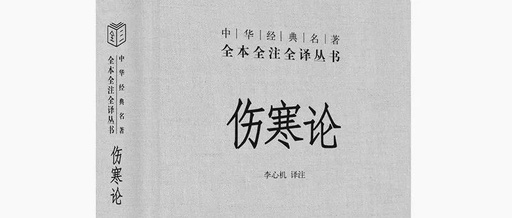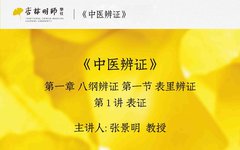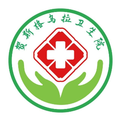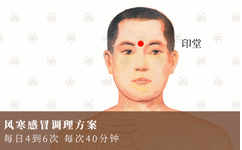Reflections on the Slippery Pulse
The slippery pulse (hua mai) is a pulse type that is very easy to grasp, resembling a string of beads distributed between the cun, guan, and chi positions. Sometimes, it appears as a continuous string of beads traversing these positions. The renowned Li Shizhen described it in detail in his work Bin Hu Mai Xue, … Read more





